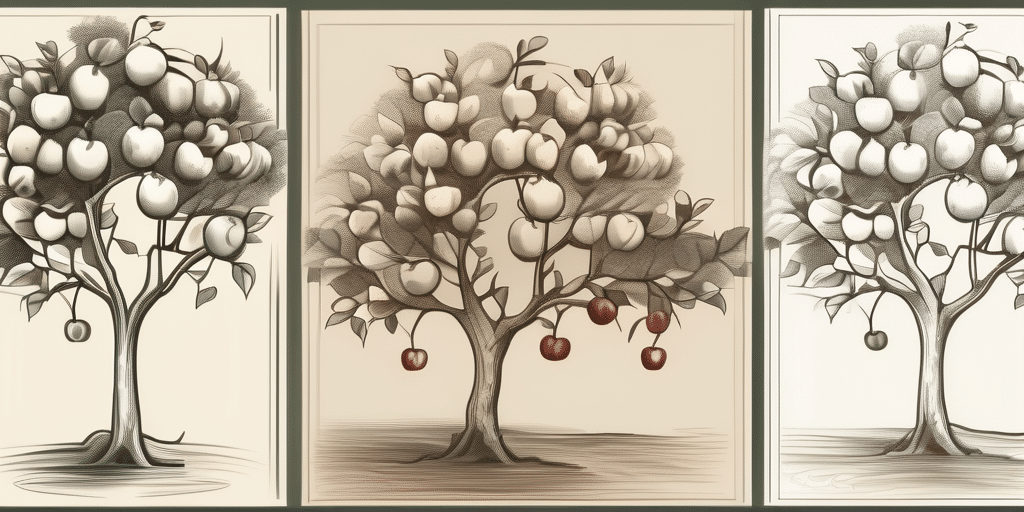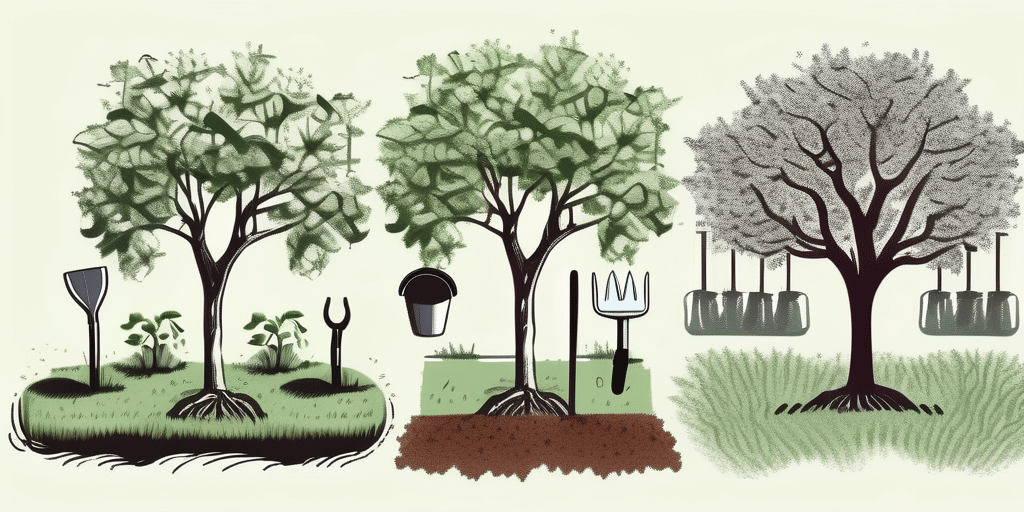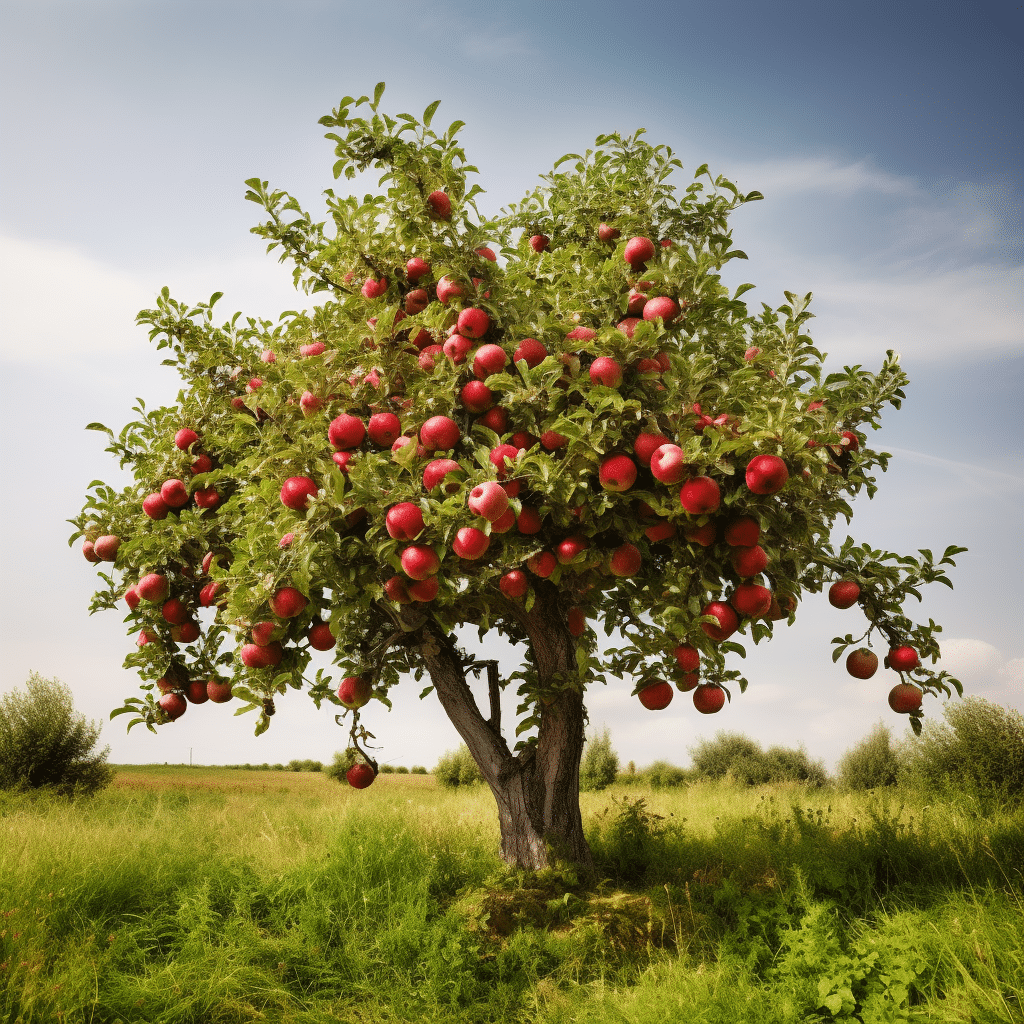Apple tree spacing is a critical factor in ensuring healthy growth and abundant fruit production. It’s more than just a matter of aesthetics; it’s a science that involves understanding the tree’s growth patterns, root spread, and the specific needs of the apple variety you’re planting. This guide will delve into the intricacies of apple tree spacing, offering expert advice and practical tips to help you optimize your orchard layout.
Why Apple Tree Spacing Matters
Apple tree spacing is not a one-size-fits-all concept. Different apple varieties have different growth habits and root systems, which means they require different spacing. Proper spacing ensures that each tree gets enough sunlight, water, and nutrients from the soil. It also helps prevent the spread of diseases and pests, which can easily jump from one tree to another if they’re too close together.
According to the United States Department of Agriculture (USDA), apple trees planted too close together compete for resources, which can lead to stunted growth and poor fruit production. On the other hand, trees that are spaced too far apart can lead to wasted space and reduced yield per acre. Therefore, finding the right balance is crucial.
Factors to Consider When Spacing Apple Trees
Apple Tree Variety
Apple tree varieties vary greatly in their size and growth habits. Dwarf apple trees, for instance, are compact and can be planted closer together than standard apple trees, which grow much larger. The University of California’s Division of Agriculture and Natural Resources recommends a spacing of 8-10 feet for dwarf apple trees, 12-15 feet for semi-dwarf trees, and 18-25 feet for standard apple trees.
It’s also important to consider the apple variety’s susceptibility to diseases and pests. Some varieties are more prone to certain diseases and pests than others, and proper spacing can help mitigate these risks.
Soil and Climate Conditions
The soil and climate conditions of your orchard also play a significant role in determining the appropriate apple tree spacing. Trees planted in fertile, well-drained soil can be spaced closer together, as they have access to plenty of nutrients. Conversely, trees planted in poor soil may need more space to spread their roots and access the nutrients they need.
Climate conditions can also affect tree growth and spacing requirements. In cooler climates, trees tend to grow slower and smaller, so they can be planted closer together. In warmer climates, trees grow faster and larger, requiring more space.
How to Space Apple Trees
- Choose the right apple tree variety for your soil and climate conditions. Consult with a local extension service or nursery for advice.
- Determine the mature size of the apple tree variety you’ve chosen. Use this information to calculate the appropriate spacing.
- Mark the planting spots with stakes, ensuring the correct distance between each stake.
- Plant the apple trees at the marked spots, making sure to spread the roots out in the planting hole.
- After planting, ensure each tree has enough space to grow without competition from its neighbors.
Adjusting Apple Tree Spacing Over Time
Apple tree spacing isn’t a set-it-and-forget-it task. As your trees grow and mature, you may need to adjust their spacing to accommodate their changing needs. This may involve thinning out some trees or moving them to a new location.
Regularly monitor your trees’ health and growth, and consult with an arborist or extension service if you notice any signs of stress or disease. They can provide advice on how to adjust your apple tree spacing to promote healthy growth and high fruit yields.
Conclusion
Proper apple tree spacing is a vital aspect of orchard management that can significantly impact the health of your trees and the quality of your fruit. By considering factors such as apple tree variety, soil and climate conditions, and adjusting spacing as needed, you can create an optimal environment for your apple trees to thrive.
Remember, every orchard is unique, and what works for one may not work for another. Don’t be afraid to experiment and adjust your apple tree spacing until you find what works best for your specific situation. Happy planting!
Join Our Growing Community
Ready to take your apple orchard to the next level? Subscribe for free to How to Grow Everything and unlock a treasure trove of expert gardening knowledge. Whether you’re just starting out or you’re a seasoned grower, we’ll provide you with personalized advice tailored to your grow zone and experience. Plus, you’ll receive exclusive special offers to help you build the garden of your dreams. Join our family of garden enthusiasts and get the best tips and deals delivered straight to your inbox—100% free. Happy gardening!




